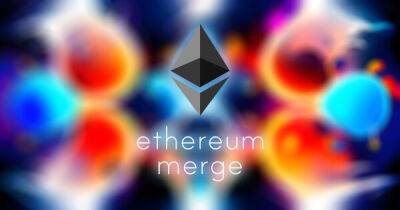Ethereum’s Annualized Deflation Rate Briefly Surpasses 5% - Here’s How That Can Impact The ETH Price
The rate at which the Ether (ETH) supply is deflating, which has been accelerating in recent weeks, recently saw a spike higher. Ether is the cryptocurrency that powers the smart-contract-enabled Ethereum blockchain. ETH is the world’s second most valuable cryptocurrency by market capitalization and Ethereum is the dominant blockchain in Decentralized Finance.
Last Saturday, the annualized burn rate as a result of Ethereum Improvement Proposal 1559 jumped to its highest since last May at 5.679%, outstripping the Ether issuance rate of 0.578% by a whopping 5.101%. The deflation rate has since dropped to around 1.75% as of Wednesday the 15th of March.
Cryptocurrency markets saw extreme volatility last weekend and at the beginning of this week amid uncertainty relating to last week’s series of major regional US bank collapses and the policymaker response. Ether was last changing hands on exchanges in the upper-$1,600s, having hit multi-month highs above $1,700 earlier this week.
The spike in the Ether burn rate came amid a jump in the Ethereum gas price, a fee charged to users of the network, to its highest level since last May. If demand for the Ethereum network continues to rise, causing a rise in network congestion, that will cause further upside in Ethereum gas fees, which will translate to a further acceleration in the cryptocurrency’s rate of deflation. An accelerating deflation rate is likely to be a long-term tailwind for the ETH price.
Before answering the question as to what is driving the increase in the ETH deflation rate, we need to understand why ETH deflation even happens at all and that requires an understanding of how the Ethereum network fee structure works. Network fees are split into two components. The
Read more on cryptonews.com

![An Ethereum - An Ethereum [ETH] breakout past $1800 will remain unlikely until… - ambcrypto.com](https://gocryptonft.com/storage/thumbs_400/img/2023/3/22/91685_ibdqx.jpg)
![As Polkadot [DOT] feels bearish pressure, development activity to the rescue? - ambcrypto.com - city Santiment - city Santimenthowever](https://gocryptonft.com/storage/thumbs_400/img/2023/3/21/91671_nona.jpg)





![Ethereum [ETH]: Investors return to L2 bridges; zKSync, StarkNet addresses swell - ambcrypto.com](https://gocryptonft.com/storage/thumbs_400/img/2023/3/21/91605_dtt.jpg)






![Ethereum [ETH]: Assessing if sliding fees can hasten relay to $2k - ambcrypto.com - city Santiment](https://gocryptonft.com/storage/thumbs_400/img/2023/3/21/91577_xqxh.jpg)





